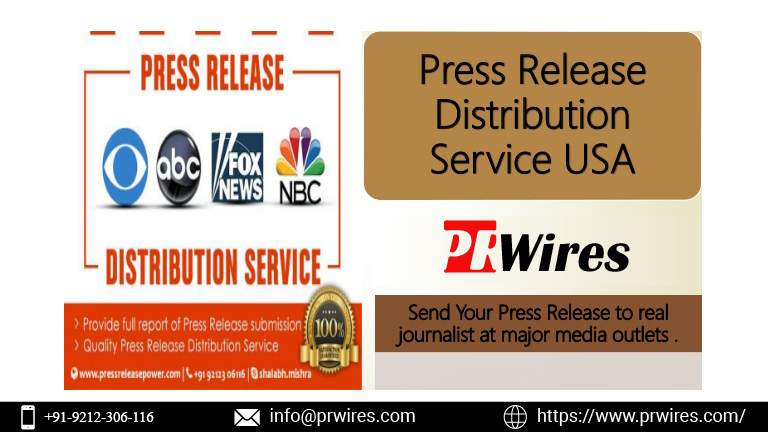Frequently Asked Questions (FAQ)
1. What is the purpose of a business pitch?
A business pitch aims to present your service offering to potential clients in a way that highlights its value, addresses their needs, and persuades them to choose your solution over competitors. It serves as a key opportunity to make a positive impression, demonstrate expertise, and build client trust.
2. How can I tailor my pitch to a specific client?
To tailor your pitch, start by researching the client’s industry, business challenges, and goals. Use this information to customize your pitch by addressing their specific needs and presenting your service as a solution to their problems. Incorporate client-specific examples and data to make your pitch more relevant and engaging.
3. What are some common mistakes to avoid in a pitch?
Common mistakes include overloading the pitch with information, using a generic approach, neglecting to address the client’s perspective, and failing to follow up. Avoid these pitfalls by focusing on key points, personalizing your pitch, staying client-focused, and ensuring timely follow-up.
4. How can storytelling enhance my pitch?
Storytelling can make your pitch more memorable and relatable by weaving your service offering into a compelling narrative. Use client success stories, visual storytelling, and emotional connections to engage the client and illustrate the positive impact of your service.
5. What role does data play in a pitch?
Data plays a crucial role in strengthening your pitch by providing concrete evidence of your service’s effectiveness. Incorporate performance metrics, benchmark comparisons, and visual data representations to support your claims and demonstrate the value of your service.
6. How should I handle objections during a pitch?
Anticipate potential objections and prepare responses in advance. Address objections proactively by providing data and examples that counter concerns. Offering flexible solutions or alternatives can also help address specific client worries.
7. How important is follow-up after a pitch?
Follow-up is essential for closing the deal and maintaining client interest. Send a follow-up email or call promptly, recap key points from the pitch, outline the next steps, and provide any additional information or answers to questions that arose during the pitch.
8. What are some effective design tips for a pitch presentation?
Effective design tips include using consistent branding, high-quality visuals, and clear, concise content. Avoid clutter and focus on visuals that support your message. Professional design tools like Canva and PowerPoint can help create polished and engaging pitch materials.
9. How can I practice and improve my pitch?
Practice and improve your pitch by conducting mock presentations with colleagues or mentors, incorporating feedback from past pitches, and adapting your approach based on client reactions. Regular practice and refinement will enhance your pitching skills and effectiveness.
10. What should I do if I feel nervous during a pitch?
Nervousness is common, but you can manage it by preparing thoroughly, practicing your pitch, and focusing on the message rather than on yourself. Techniques such as deep breathing, positive visualization, and maintaining a confident posture can also help alleviate nervousness.
Get in Touch
Website – https//www.webinfomatrix.com
Mobile - +91 9212306116
Whatsapp – https//call.whatsapp.com/voice/9rqVJyqSNMhpdFkKPZGYKj
Skype – shalabh.mishra
Telegram – shalabhmishra
Email - info@webinfomatrix.com


















